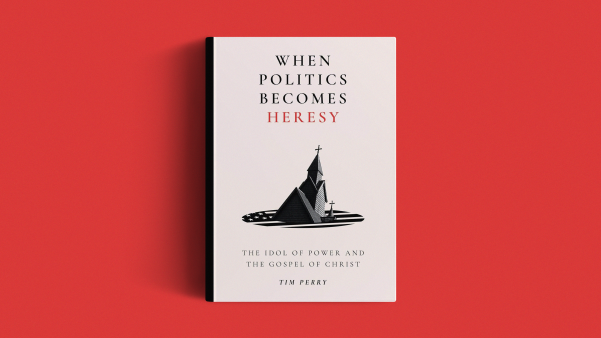The work of relief-and-development agencies consists essentially of two things—raising money to relieve human suffering and spending it where it will do the most good. Raising money is difficult, but using it wisely can be much harder and more time consuming.
A single recording session coordinated by an organization called U.S.A. for Africa early last year resulted in millions of dollars to combat hunger in Africa. Including sales of the record “We Are the World” and ancillary products such as T-shirts, more than $51 million has poured into the organization’s coffers.
Spending the money, however, has not been so easy. U.S.A. for Africa spokesman David Fulton said the original plan was to disburse the money quickly and dissolve the organization. “Nobody foresaw the success of the record,” Fulton said. The event’s immense popularity, he added, brought with it an “accountability factor.” Today, more than $10 million remains to be spent.
The publicity that surrounded the “We Are the World” campaign stimulated contributions to Christian relief-and-development organizations, helping them achieve record-setting years in 1985 (CT, Sept. 19, 1986, p. 36). In addition, some Christian organizations benefited directly from the U.S.A. for Africa effort. World Relief received nearly $200,000 of the funds and World Vision more than $1 million for projects in Africa. Christian artists who piggybacked on the success of their secular counterparts by producing a record of their own (“Do Something Now”) have thus far raised about $130,000.
Not only did “We Are the World” make a profit, but it was a faithful steward’s dream. Fulton said figures tallied on U.S.A. for Africa’s first anniversary revealed overhead expenses of only 1.2 percent. (Among Christian agencies, 15 percent overhead is considered good.)
U.S.A. for Africa’s low overhead is largely attributable to the many who donated resources, including time, to the effort. Also, because of the participation of well-known recording stars such as Lionel Richie, Kenny Rogers, and Harry Belafonte (all of whom serve on U.S.A. for Africa’s board), media coverage provided the advertising.
Inspired by the success of “We Are the World,” organizers’ thoughts turned to expanding the effort rather than dissolving it. Thus came last summer’s Hands Across America, intended to call attention to domestic hunger and homelessness. Fulton said U.S.A. for Africa plans to stage similar media events for humanitarian purposes.
Financially, Hands Across America was somewhat of a flop. Organizers hoped to raise $50 million. But because of unfulfilled pledges and the tremendous expense of staging the event—which attempted to create an unbroken human chain from New York to California—it has netted only about $16 million. Corporate and individual donors gave a total of some $32 million to the effort, but about half that amount was spent promoting and staging the event.
Fulton concedes the effort will likely fall far short of its financial goal, though money is still trickling in. But he said the project succeeded in making people aware of poverty in America. He cited the avalanche of publicity for Hands Across America, and pointed out that many local efforts to address the hunger problem were modeled after it.
The Cost Of Raising Money
Christian relief-and-development agencies are still analyzing secular humanitarian efforts like “We Are the World.” Bill Kliewer, executive vice-president of World Vision, said such efforts “touch a part of the American audience” that Christian organizations can never reach.
Jerry Ballard, executive director of World Relief, said donors to his agency expect overhead expenses not to exceed 15 percent. But in analyzing Hands Across America, he observed that donors in general may be “less concerned about the quality of the expenditure of their gifts than they are about the [financial] bottom line.”
Ballard said World Relief recently turned down an opportunity to raise several million dollars because of the overhead expenses it would have entailed. But he said an argument could be made for giving priority to the net profit, even if the cost of raising the money exceeds normal levels. He summarized the argument like this: “Is it more moral or ethical to have $5 million or $10 million to help hungry people?”
Kliewer said there are “certain crisis situations such as the one we saw in Africa that call for allowing overhead figures to go up in order to bring in more money.… It would be immoral for an organization to allow hundreds of thousands to die so it could brag about its low overhead at the end of the year.”
In general, the most cost-effective means of fund raising have the least “bottom line” potential. Conversely, while purchasing television time may not be cost effective in terms of overhead, it generally holds more revenue-producing potential.
Partly because of news coverage of Hands Across America’s high overhead costs, Ballard is skeptical about the future success of staged media events. Kliewer said he hopes U.S.A. for Africa will thrive. “They have a very real and strong commitment to help the poor,” he said, “and they have gained a unique expertise in an area of communication no other organization has gained.”
By Randy Frame.










